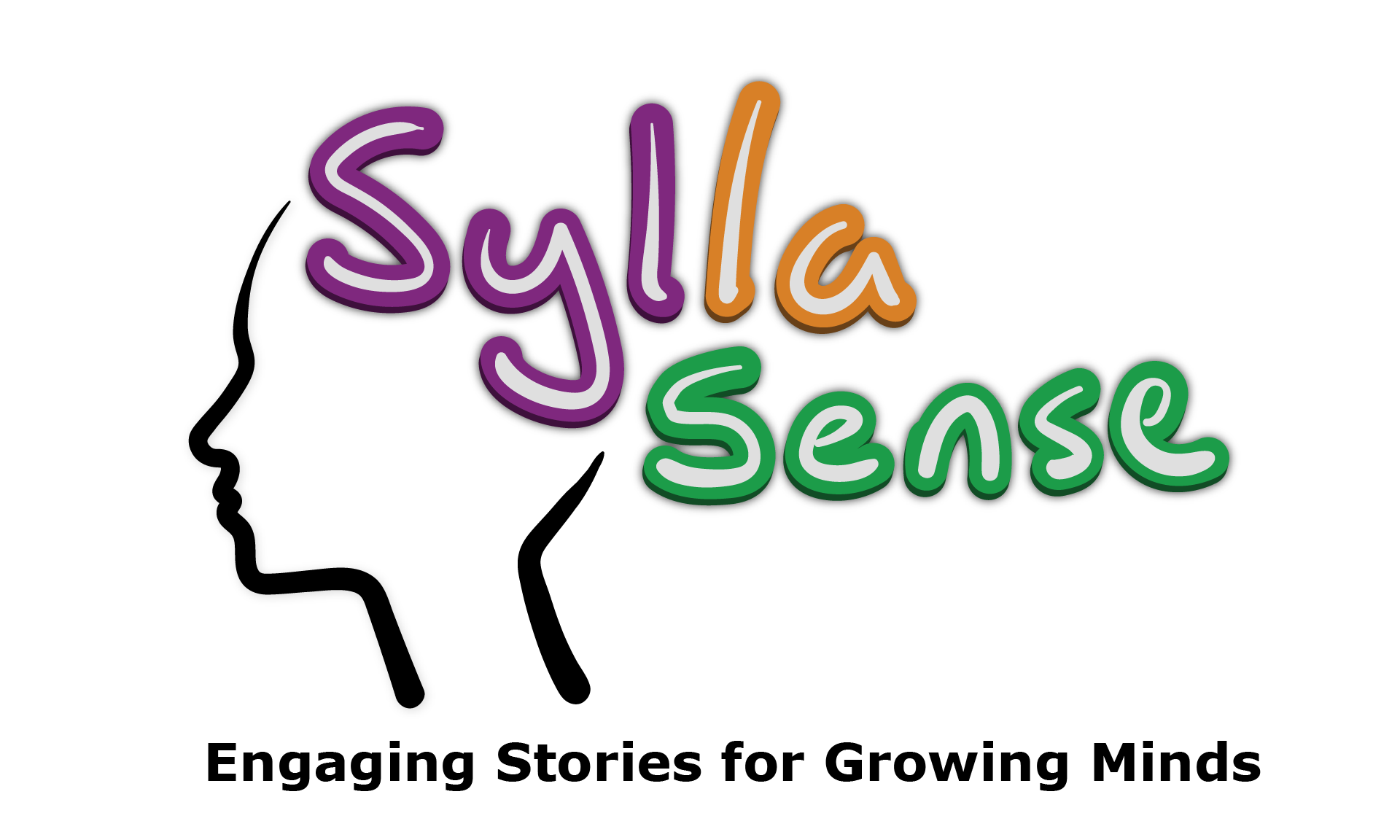Puffins - Tip Sheet

- IT IS ESSENTIAL TO PRE-TEACH THE CONCEPTS INTRODUCED IN EACH BOOK PRIOR TO READING! -
|
Puffins - Teacher Tip Sheet Purple Series - Book 2 - Puffins |
||||||||||||||||
|
Grapheme/Phoneme Correspondence |
Tips and Activities to Try |
|||||||||||||||
|
Introduced in This Book
Previously Introduced Vowels
Consonants
Digraphs/Trigraphs
Additional Concepts
|
Key Concepts to Understand
Note: there are only a small number of words that use <u-e >to spell the long /yū/ phoneme as other spellings are more frequently used
Words for Reading and Writing Here is a list of words that can be used for phonemic awareness activities, reading, dictation, games cards, etc.:
|
|||||||||||||||
|
Orthographic Conventions/Patterns and Generalisations |
Tips and Activities to Try |
|||||||||||||||
|
Key Concepts to Understand
Refer to Page 5 in Grapheme to Phoneme Background Information Sheets for more information on schwa.
Activity to Try with Multisyllabic Words Write multisyllabic words on the board and ask students to identify the vowel(s) that have reduced (schwa) an-i-m a l ba-na-na a-bout pen-cil fo-cus vo-wel prob-lem |
|||||||||||||||
|
Morphology |
Tips and Activities to Try |
|||||||||||||||
|
Introduced in This Book
Previously Introduced
|
Key Concepts to Understand
It is key for students to understand the structure of words (prefix/base/suffix) and not sound out these affixes. Here are phrases that can be used for reading and/or dictation practice. These phrases can be combined to create sentences. A good opportunity arises to address syntax if the resulting sentence is not grammatically correct.
You can differentiate for students by dropping some of the words in these phases (e.g., “her cute baby” can just be “her baby”). |
|||||||||||||||
|
High Frequency Words |
Tips and Activities to Try |
|||||||||||||||
|
Key Concepts to Understand
Note: there will be addressed in “The Tides” (Purple Series) |
|||||||||||||||
|
Comprehension Corner - Puffins |
||||||||||||||||
|
Vocabulary Development
Making Connections
Inferencing
Retelling/Summarizing
|
||||||||||||||||
Tip Sheet written by Shari Kudsia and Helen Maclean - April 2023 - © SyllaSense Inc.
